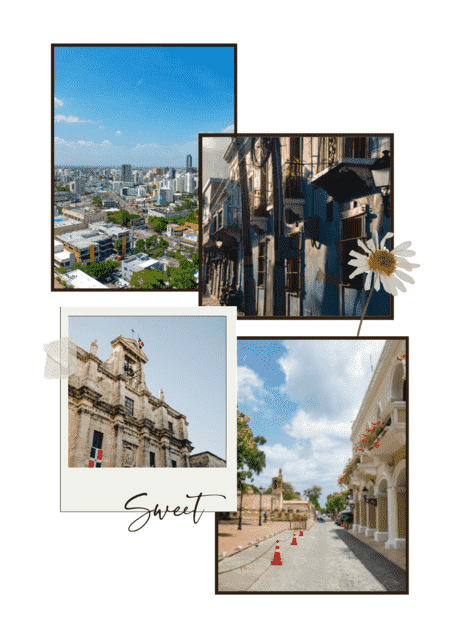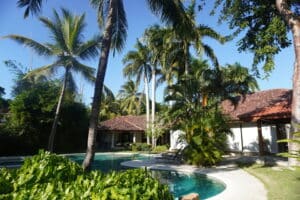Table of Contents
Introduction:
Neighborhoods in Dominican Republic
The Dominican Republic, known for its beautiful beaches, lush landscapes, and vibrant culture, offers a diverse selection of neighborhoods in Dominican Republic to explore. In this article, we’ll take a look at some of the most popular and enchanting neighbourhoods in Dominican Republic. Get ready to dive into a world of history, adventure, and breathtaking beauty!
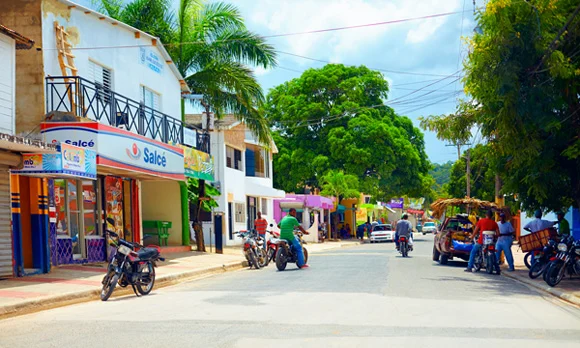
Santo Domingo’s Colonial Zone
History: Neighborhoods in Dominican Republic
The Colonial Zone in Santo Domingo is a historic neighborhood that transports visitors back in time. This UNESCO World Heritage Site is home to the oldest European settlement in the Americas, featuring stunning architecture and rich history.

Top attractions: Neighborhoods in Dominican Republic
Stroll along the cobblestone streets and take in the impressive landmarks, such as the Alcazar de Colon, the Cathedral of Santa Maria la Menor, and the Ozama Fortress. The area also boasts numerous museums, art galleries, and cultural centers that provide a glimpse into the Dominican Republic’s fascinating past.
Restaurants and nightlife: Neighborhoods in Dominican Republic
The Colonial Zone is not only a historical treasure, but also a hub for dining and nightlife. Enjoy delicious Dominican cuisine, dance the night away in lively clubs, or relax with a drink at one of the many cozy bars.
Punta Cana
Beaches
Punta Cana is synonymous with pristine white-sand beaches and crystal-clear waters. The neighborhood is home to some of the most beautiful beaches in the Dominican Republic, including Bavaro Beach, Macao Beach, and Playa Blanca.
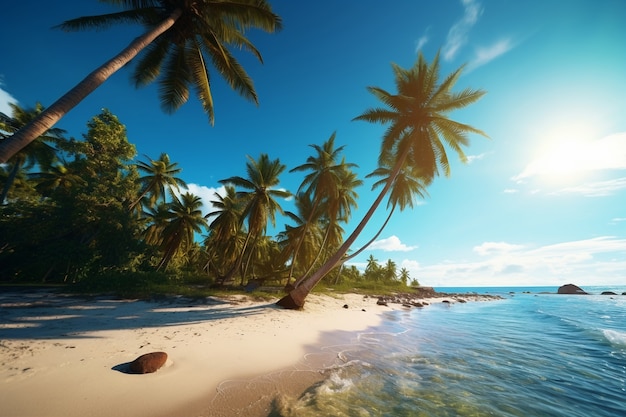
Resorts
This tropical paradise is well-known for its luxurious all-inclusive resorts, offering world-class amenities and endless entertainment options. Whether you’re looking for a family-friendly escape or a romantic getaway, Punta Cana has a resort for every taste and budget.
Activities
From water sports and golf courses to zip-lining and eco-adventures, Punta Cana has something for everyone. Don’t miss out on exploring the Indigenous Eyes Ecological Park or taking a catamaran cruise to nearby Saona Island.
Sosúa
History
Sosúa, located on the north coast of the Dominican Republic, has a unique history as a refuge for Jewish settlers during World War II. Today, the neighborhood boasts a vibrant expat community and a lively, multicultural atmosphere.

Beaches
Sosúa’s main attraction is its beautiful beaches, such as Sosúa Beach and Playa Alicia. With calm waters and golden sands, they’re perfect for swimming, snorkeling, or simply soaking up the sun.
Nightlife
Sosúa’s nightlife scene is one of the liveliest on the island, with numerous bars, clubs, and restaurants offering a mix of local and international flavors.
Puerto Plata: Neighborhoods in Dominican Republic
Fort San Felipe
Puerto Plata’s historic Fort San Felipe is a must-see landmark, offering stunning views of the city and the ocean. Built in the 16th century, the fort has a fascinating history and served as a defense against pirates and foreign invaders.

Amber Museum
The Amber Museum in Puerto Plata is dedicated to the Dominican Republic’s national gemstone, amber. The museum showcases an impressive collection of amber pieces, some of which contain fascinating fossilized plant and insect specimens.
Teleferico Puerto Plata
For a breathtaking view of Puerto Plata and its surroundings, take a ride on the Teleferico Puerto Plata. This cable car transports visitors to the top of Mount Isabel de Torres, where they can explore a botanical garden and enjoy panoramic views.

Samana Peninsula
El Limón Waterfall
The Samana Peninsula, known for its lush vegetation and pristine beaches, is also home to the breathtaking El Limón Waterfall. This 130-foot (40-meter) waterfall cascades into a natural pool, perfect for a refreshing swim.

Whale watching
The Samana Peninsula is one of the best spots in the Dominican Republic for whale watching. From January to March, visitors can witness humpback whales migrating to the warm Caribbean waters to mate and give birth.
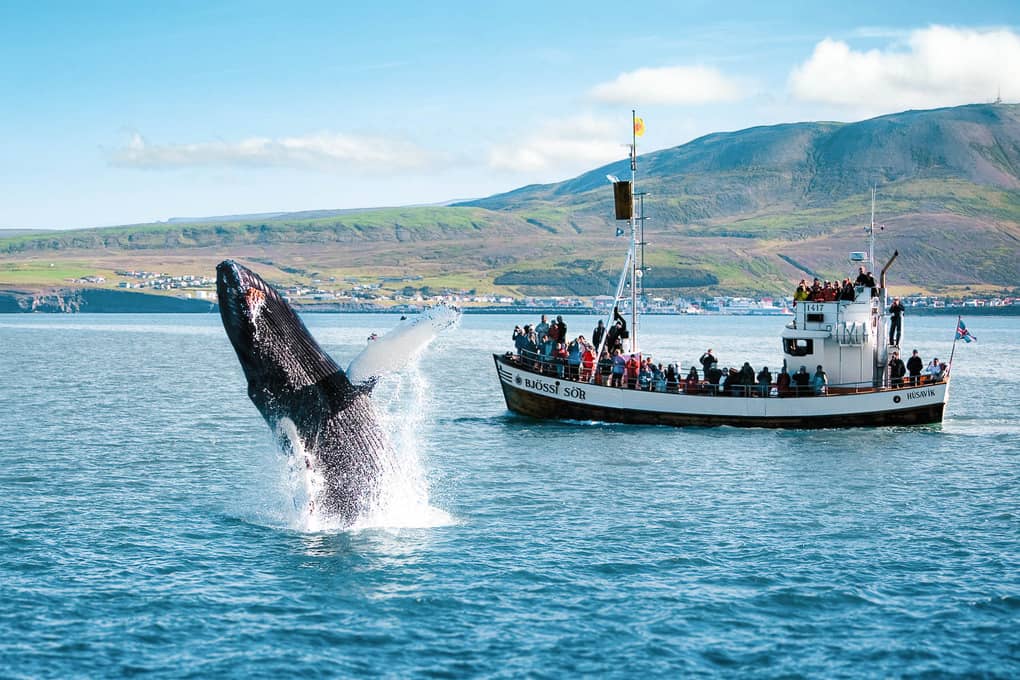
Beaches: Neighborhoods in Dominican Republic
Some of the Dominican Republic’s most beautiful beaches can be found on the Samana Peninsula, including Playa Rincon, Cayo Levantado, and Las Terrenas. These idyllic spots offer a tranquil escape from the more tourist-heavy areas.
Jarabacoa:
Neighborhoods in Dominican Republic
Outdoor activities
Nestled in the mountains, Jarabacoa is an outdoor enthusiast’s paradise. The area is known for its eco-tourism, offering opportunities for hiking, mountain biking, rafting, and horseback riding.
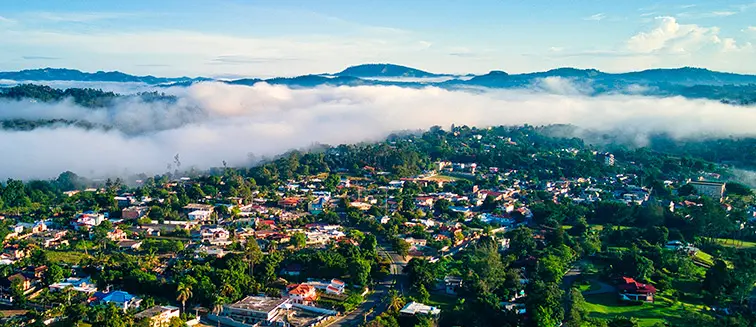
Local cuisine
While visiting Jarabacoa, be sure to sample some of the region’s delicious local cuisine, such as roasted pork, sancocho (a hearty stew), and fresh produce from the surrounding farms.
Conclusion: Neighborhoods in Dominican Republic
The Dominican Republic offers a diverse range of neighborhoods, each with its own unique charm and attractions. From the historic streets of Santo Domingo’s Colonial Zone to the stunning beaches of Punta Cana and the vibrant nightlife of Sosúa, there’s something for every traveler to enjoy. Whether you’re seeking adventure, relaxation, or a taste of Dominican culture, the neighborhoods of the Dominican Republic await your arrival.
FAQs: Neighborhoods in Dominican Republic
- What is the best time to visit the Dominican Republic? The best time to visit the Dominican Republic is from December to April when the weather is warm and dry.
- Is the Dominican Republic safe for tourists? Yes, the Dominican Republic is generally safe for tourists. However, it’s important to take standard precautions, such as not displaying valuable items and being aware of your surroundings.
- What is the official language of the Dominican Republic? The official language of the Dominican Republic is Spanish.
- Do I need a visa to visit the Dominican Republic? Visa requirements depend on your nationality. Many visitors can enter the Dominican Republic for up to 30 days without a visa. It’s best to check with your local embassy or consulate for the most up-to-date information.
- What currency is used in the Dominican Republic? The currency used in the Dominican Republic is the Dominican peso (DOP).

